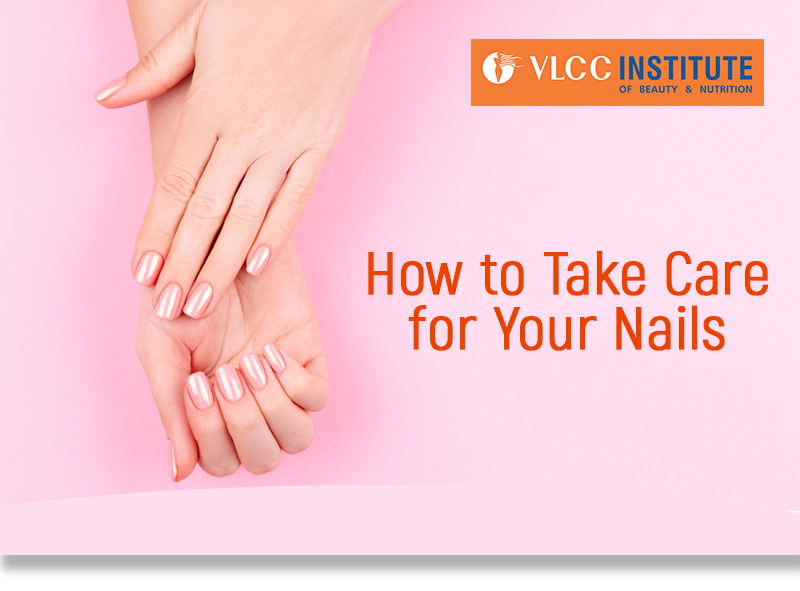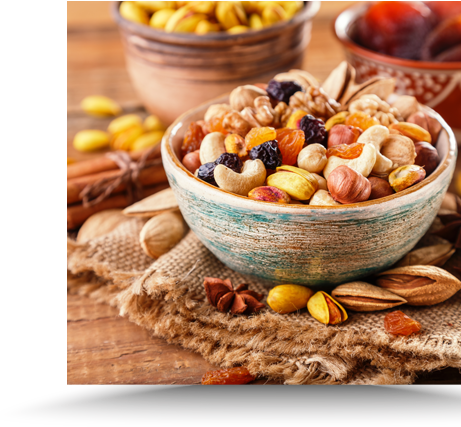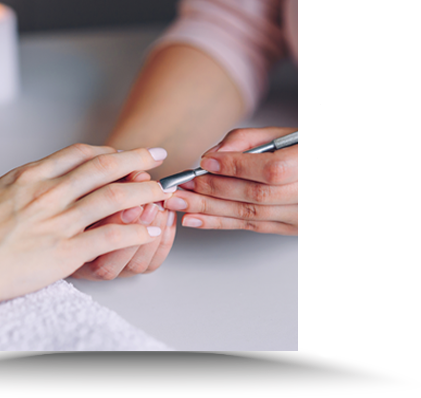VLCC Institute how to take care for your nails

Nail Care – the maintenance of the fingernails and toe nails
is important for health as well as cosmetic reasons. Good nail care can prevent
fungus infections of the nail, painful ingrown fingernails and toenails, and
infections of the skin in the hands and feet. Nail
care is especially important for those with diabetes, as infections of
the feet in particular are dangerous.
Clean and well maintained nails not only look beautiful but also reflect the
personality of a person. Since the nails are constantly growing, some people
think that it would eventually grow back again so they tend to neglect them
which is not a good practice as other people are stealthily observing their
cleanliness. Clean hands and proper nail care are reliable ways to know if a
person is hygienic. So, it is required to take proper care of nails, upon
seeing clean hands people will be impressed. However, nails can also get easily
damaged, whether from a bad manicure or just the everyday wear-and-tear of
life. By practicing a few simple habits, you can make sure your nails are
strong and well maintained no matter how hands on you get in other areas of
your life.
Trim your nails straight across
This will help you avoid ingrown nails. Also try to cut your nails right after shower so that the nails are softer. If you would like to soften the corners or edges of your nails use a nail file or emery board.
1- File in a consistent direction to prevent weakening your nails. Filing back and forth severely damages nails over time.
2- Disinfect your nail care tools every month in 70 percent or stronger isopropyl alcohol.
3- To maintain nail flexibility and prevent nail splits, moisturize your nails after trimming them.
Avoid harsh nail polishes
Nail polishes that contain ingredients like formaldehyde and dibutyl phthalate weaken the nail. Furthermore, repeatedly using bold pigmented colours can cause your nails to become yellowed or weakened.
1- If you like using bold colours, try going “all natural” periodically between wears to give your nails a break.
Use gentle nail polish remover, a base coat, and a top coat
Acetone-free nail polish removers are mild and prevent your nail from drying out. When painting your nails, base coats help prevent your nails from getting stained. Top coats reduce the risk of nail polish chipping, and also reduces the frequency with which you have to remove the nail polish.
Moisturize your nails with oil to keep them flexible and strong
Like other areas of your body, your nails benefit from hydration. Before going to sleep, try dabbing almond or avocado oil onto your nail beds and cuticles to stop them from getting dry, brittle, or flaky.
1- If you don’t have almond or avocado oil, use lip balm.
2- Cuticle moisturizers are also available for purchase at drug stores and beauty stores.

Add protein and omega-3 fatty acids to your diet
Keratin, the protein that makes up your nails, can be better produced if you’re consuming more foods like fish, nuts, and beans. You can also try taking daily supplements like biotin and fish oil, which can be found at your local grocery or health food store.
1- Vitamin B can also strengthen your nails, zinc can help eliminate white spots, and iron can help stop the formation of nail ridges.
2- Vitamin A and C keep your nails healthy, hydrated and glossy.
3- The recommended daily amount of protein is .8 grams (0.0018 lb) per 1 kilogram (2.2 lb) of your body weight.
4- There is no recommended daily dose of omega-3 fatty acids.
Avoid keeping your nails in wet or dirty environments
Conditions like that encourage the growth of bacteria beneath your nails, which can be difficult to dislodge. Furthermore, repeated lengthy contact with moisture can increase your likelihood of getting split fingernails.
1- If you frequently wash dishes, garden, or clean with harsh chemicals, try wearing rubber or plastic gloves that can protect both your skin and fingernails from undue stress.
Take steps to stop if you bite your nails
While this can be a difficult habit to break, it’s important because your nails have germs and bacteria that can easily enter your body through abrasions created by your teeth.
1- Try protecting your nails by painting a layer of clear gel on them, which may be more difficult to bite through.
2- You can also try using a nail polish that tastes bitter, so that the nasty taste discourages you from nail chewing.

Refrain from cutting and picking at your cuticles
While they may not always be aesthetically pleasing, cuticles actually protect your nail bed. Every time you trim your cuticles, you run the risk of giving yourself micro cuts that will allow contaminants like bacteria and fungi into your body. Those, in turn, can cause an infection.
1- If you absolutely need to make your nails appear more elongated, carefully push your cuticles away from your nail tips with the flat edge of a wooden stick. Avoid sharp edges when doing so.
2- It is a myth that regularly cutting your cuticles means they will grow faster when you stop.
Consult a doctor if your nails regularly cause you pain
If your nails are healthy, they will have no spots or discoloration, they will be the same colour throughout, and will also lack craters or depressions. The cuticles should be present, and the nail bed should be a whitish-pink colour. Things like pain, swelling, or blood in the nail area are cause for concern.
1- You should also see your doctor if your nails stop growing out or start curling.
2- However, vertical ridges running the length of the nail are normal.

Comments
Post a Comment